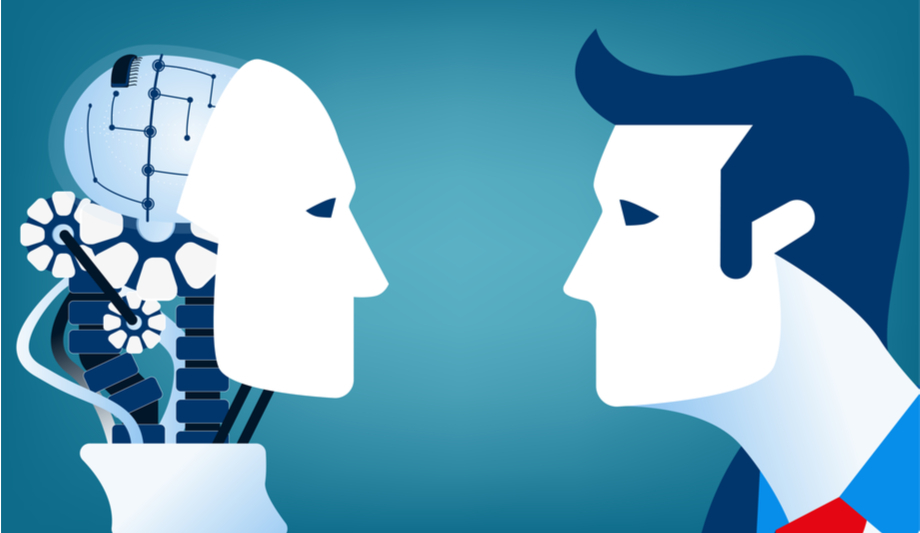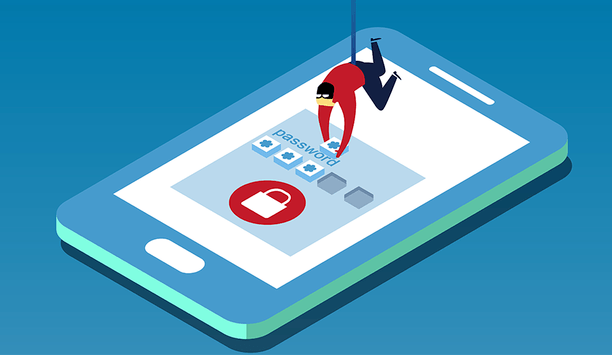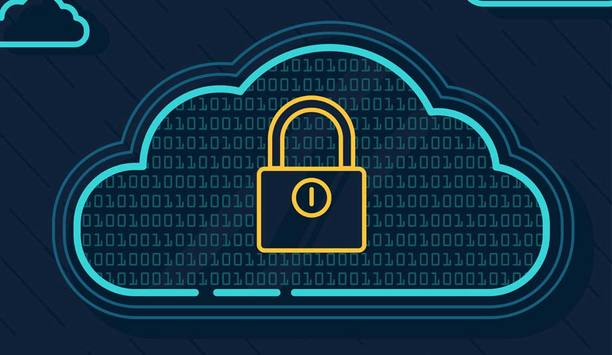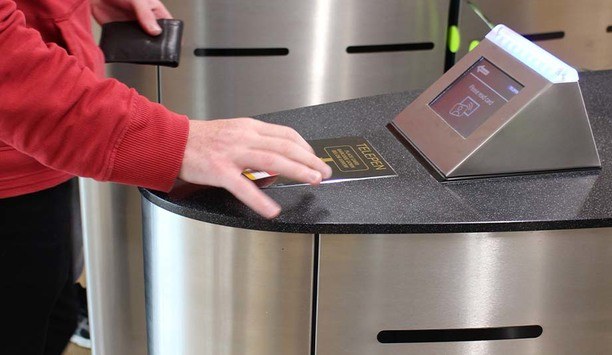It’s not just a new year, it’s a new decade. And somehow this makes it feel bigger. Almost like we’re moving faster or reaching farther. Technology is certainly advancing at an unprecedented pace. While there’s a lot to talk about, there are three big security trends that we think will continue to have a huge impact in the year to come.
1. What is artificial intelligence and is it going to take over?
We’ve seen countless versions of artificial intelligence (AI) in pop culture—think of Sonny in the 2004 film I, Robot or Rachael in Blade Runner—so we feel we know the technology. And, based on this, we believe our anxieties around it are warranted. But, the truth is that the science to produce even far less sophisticated versions of these characters just doesn’t exist.
AI today
Computers use data to help improve performance without being explicitly programmed
Today’s AI science is focused largely on machine learning. With machine learning, computers use data to help improve performance without being explicitly programmed.
This means that, through the use of algorithms and training, a computer can be programmed to determine which features it should use in the identification process to efficiently produce the most accurate output.
Over time and based on a trainer’s feedback, for example, a computer can determine that using color rather than shape to identify a flower is more efficient because the results are more accurate.
Machine learning in the physical security industry
In the security sector, we’re seeing good results with automatic license plate recognition (ALPR) systems that employ machine learning. Today’s ALPR cameras and systems are better at recognizing license plates from different countries, states, or provinces because they’re more efficient at identifying an ever-expanding number of inputs.
We don’t need to worry that AI will be running our lives
So, we don’t need to worry that AI will be running our lives. And, in fact, we should be relieved that machine learning can be used to identify scofflaw plates as this will help keep our roads and spaces safer.
2. Can we move beyond the single, secured door?
With increased globalization and the rise of multinational companies, organizations everywhere are facing new challenges around visitor, and employee access management.
Protecting your environment is no longer as easy as securing a single door. As the nature of work becomes more complex, organizations are going to have to take a different approach for managing the flow of people through their facilities.
Organizations are going to have to take a different approach for managing the flow of people through their facilities
The challenges of traditional access control
We’ve seen that relying exclusively on a static access control system can increase workload and inefficiencies. With this approach, granting and revoking temporary access and provisioning employees is a labor-intensive process. It requires hands-on participation from security operators and front office staff.
There is no guarantee that corporate or regulatory policies are being followed as well as little-to-no traceability. And, ultimately, the process is, by its very nature, prone to human error.
Large conglomerates have been meeting these challenges by developing tailor-made solutions based on physical identity management. These systems are costly and require 3rd party support. Smaller organizations simply could not afford the time or resources necessary to implement them.
Heading into 2020, we’re seeing an increase in out-of-the-box solutions that will allow organizations of all sizes to move to cloud-based identity management systems.
How Physical Identity and Access Management (PIAM) systems can help
More affordable Physical Identity and Access Management (PIAM) solutions will help organizations secure their systems and facilities by effectively managing access requests based on an individual’s identity and an organization’s security policies.
They can ensure that only those individuals who have the right to access a secured area can do so by managing and automating the process.
In effect, by extending an access control system with a PIAM, organizations of any size will be able to reduce workloads, fully implement corporate policies, and better protect their spaces.
3. Should we be nervous about facial recognition?
We shouldn’t be surprised by the public’s fear of facial recognition. The idea that private citizens can be identified and tracked in public is the stuff of political espionage and sci-fi thrillers. But, beyond the fictional examples, we’ve also seen cases where facial recognition gets it wrong.
Incorrectly identifying an innocent man for a robbery twice or having difficulty distinguishing members of the same race are just some of the real-world reasons people don’t trust facial recognition.
How facial recognition can increase security
Facial recognition technology can play a huge role in helping keep people, assets, and spaces safe. It can monitor visitors to improve safety and efficiency, assist security personnel by helping to reduce response times, and aid in the investigation of incidents.
Facial recognition technology can play a huge role in helping keep people, assets, and spaces safe
In the coming year, we’re going to see a greater focus on developing solutions that use a privacy-by-design approach.
For video surveillance applications, this will include the ability to automatically mask—through blurring or pixelation—persons in live and stored video feeds. The system itself will ensure that only authorized personnel can access un-pixelated or blurred images and only in cases that warrant it.
Anonymization
Using this approach will help reduce concerns and increase protection, which will lead to greater accuracy and trust.
In parallel, technology providers must continue to work with regulating bodies to ensure that the policies around implementing and using any surveillance technology, especially facial recognition, align with our values.
With all these trends, we’re seeing the relationship between people and technology evolving. When we focus on improving the lives of people in our communities, we can harness the power in these advancements and make a real difference.
























